SCOUTING TRIP NOTES
CUBA January 2017
© 2017 Callyn Yorke
Cuban Tody (Todus multicolor) Cayo Coco 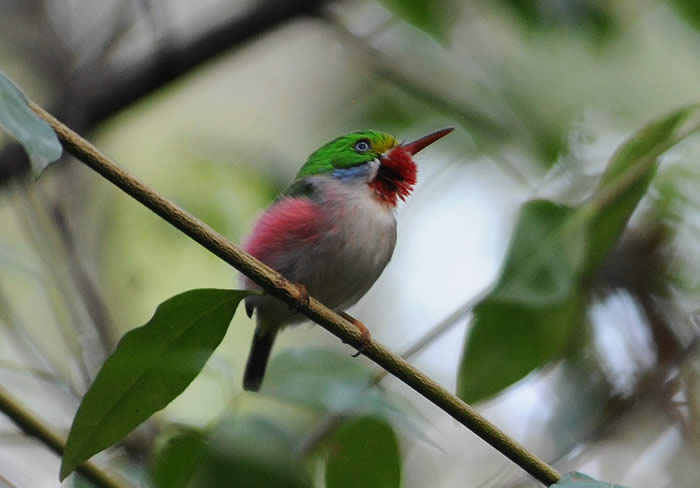
© 2017 Callyn Yorke
INTRODUCTION
The largest of the Caribbean islands, Cuba stands out as a naturalist's paradise, particularly with respect to endemic birds; at least twenty-five species are found nowhere else in the world. Some of these birds are stunningly colorful (e.g. Cuban Tody and Cuban Trogon), while others are rather nondescript (e.g. Cuban Blackbird and Cuban Gnatcatcher). In every case, natural selection has produced unique plumages, behaviors and distributions for these birds. No one even casually interested in birds could fail to be impressed by the diversity of interesting species peculiar to the island.
La Habana viewing northeast from Hotel Melia Cohiba January 2017 
© 2017 Callyn Yorke
Capital district Habana Vieja 17 January 2017

© 2017 Callyn Yorke
La Habana harbor, Cuba 15 January 2017
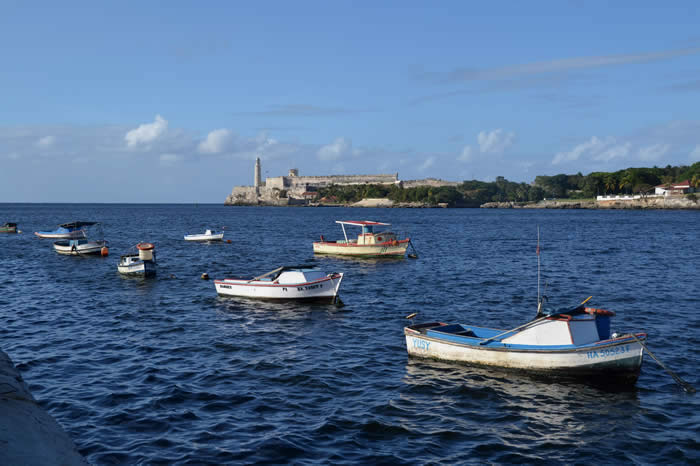
© 2017 Callyn Yorke
Antonio Nunez Jimenez museum , La Habana 2 Feb. 2017
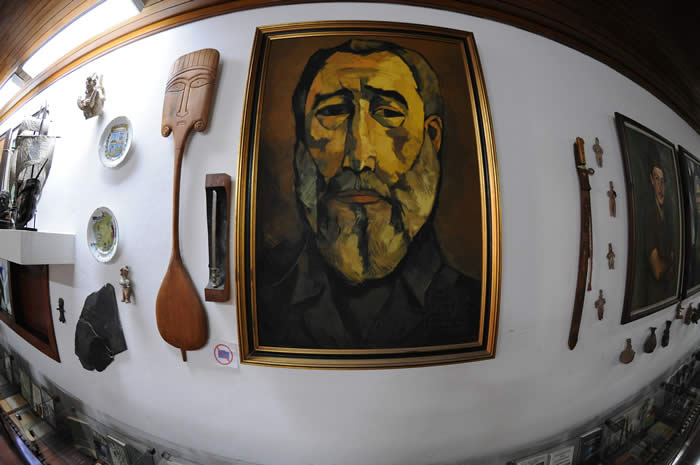
© 2017 Callyn Yorke
My journey through Cuba began in the fine old port city, La Habana. I arrived a few days before a scheduled birding tour of the island, organized by a licensed U.S. based firm. Our tour would begin and end in Habana, and include important ecological areas in Vinales, Zapata, Sierra Najasa and Cayo Coco.
In the meantime, I took the opportunity to explore La Habana on foot, by bus and taxi. Urban parks, suburban gardens and open space, including a rocky shoreline, open ocean and harbors, provide habitat for opportunistic species which can easily be found and observed at close range. Among those are two common and widespread regional and main-island endemics (the latter indicated by bold print), Cuban Emerald and Cuban Blackbird. Even if temporarily confined to La Habana, a first-time visitor, such as myself, may find a variety of birds, including some lifers.
Cuban Emerald (Chlorostilbon ricordii ricordii) Cuban Blackbird (Dives atroviolacea)

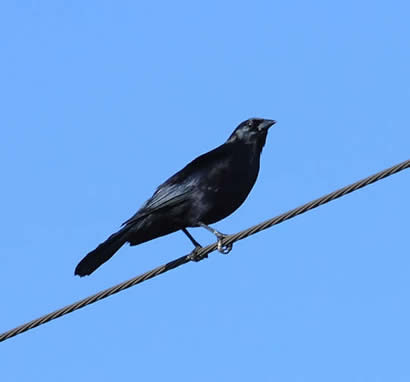
© 2017 Callyn Yorke
One of the best places I found to observe birds in greater La Habana was Jardin Botanico Nacional (National Botanical Garden), located about seven miles south of Habana Vieja. The roundtrip taxi fare from La Habana was $50 CUC ($1 = 0.87 Cuban Convertable Pesos, CUC). I walked around the gardens for two hours one morning, observing about twenty-five bird species, including four endemics, e.g. Cuban Green Woodpecker, Cuban Parakeet, Cuban Pewee and Cuban Blackbird. This large patchwork of gardens and second-growth, includes mature deciduous and conifer trees, open fields and greenhouses. Many of the birds seemed to be near the main entrance, so that area received most of my attention. Another good birding location was the Hemingway Home Museum, featuring a large shady garden attracting birds such as West Indian Woodpecker, Red-legged Honeycreeper (introduced), Red-legged Thrush and Yellow-faced Grassquit.
Cuban Green Woodpecker (Xiphidiopicus percussus) JBN 13 Jan. 2017

© 2017 Callyn Yorke
Hemingway home entrance Habana Cuba 14 Jan 2017

© 2017 Callyn Yorke
Vintage American cars at the Hemingway home entrance, La Habana 14 Jan 2017
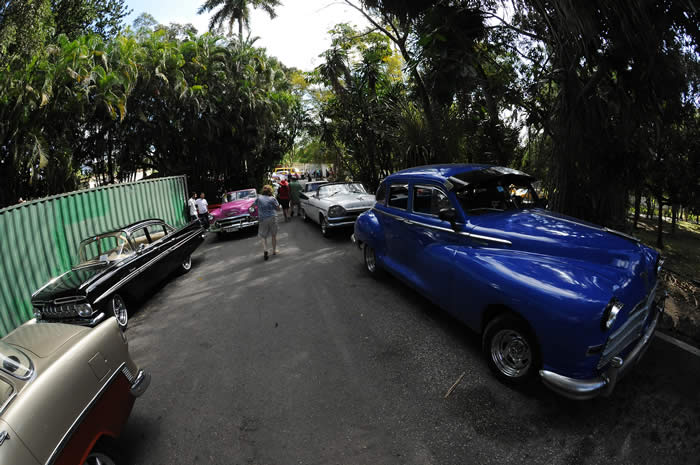
© 2017 Callyn Yorke
Red-legged Thrush (Turdus plumbeus rubripes) Hemingway home, La Habana 14 Jan 2017

© 2017 Callyn Yorke
Habana Vieja, a delightful old colonial city, was rather crowded with locals and tourists (cruise ships now stop in La Habana) but included a few plazas with mature fruiting trees and shrubs attracting birds, e.g. Eurasian Collared Dove, Common Ground Dove, Cuban Emerald, Red-legged Thrush, Cuban Blackbird and House Sparrow. The most interesting birding in this area was the shoreline adjacent to the harbor and coastal drive (Malecon). Magnificent Frigatebird, Brown Pelican, Laughing Gull were common. Small flocks of Antillean Palm Swift were fairly common in this area as well. Palm Warbler was one of the most widespread of North American migrants; almost every park and garden in La Habana appeared to have one.
Palm Warbler (Setophaga Palmarum) Sopllarnara, Zapata 25 Jan 2017
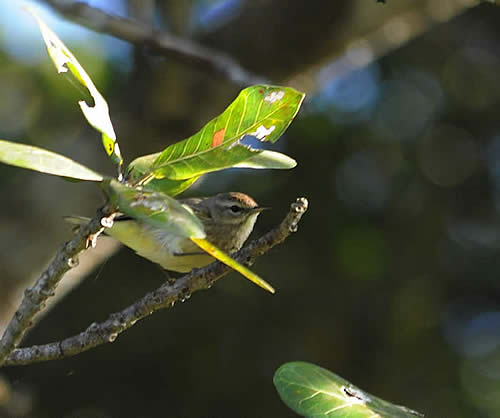
© 2017 Callyn Yorke